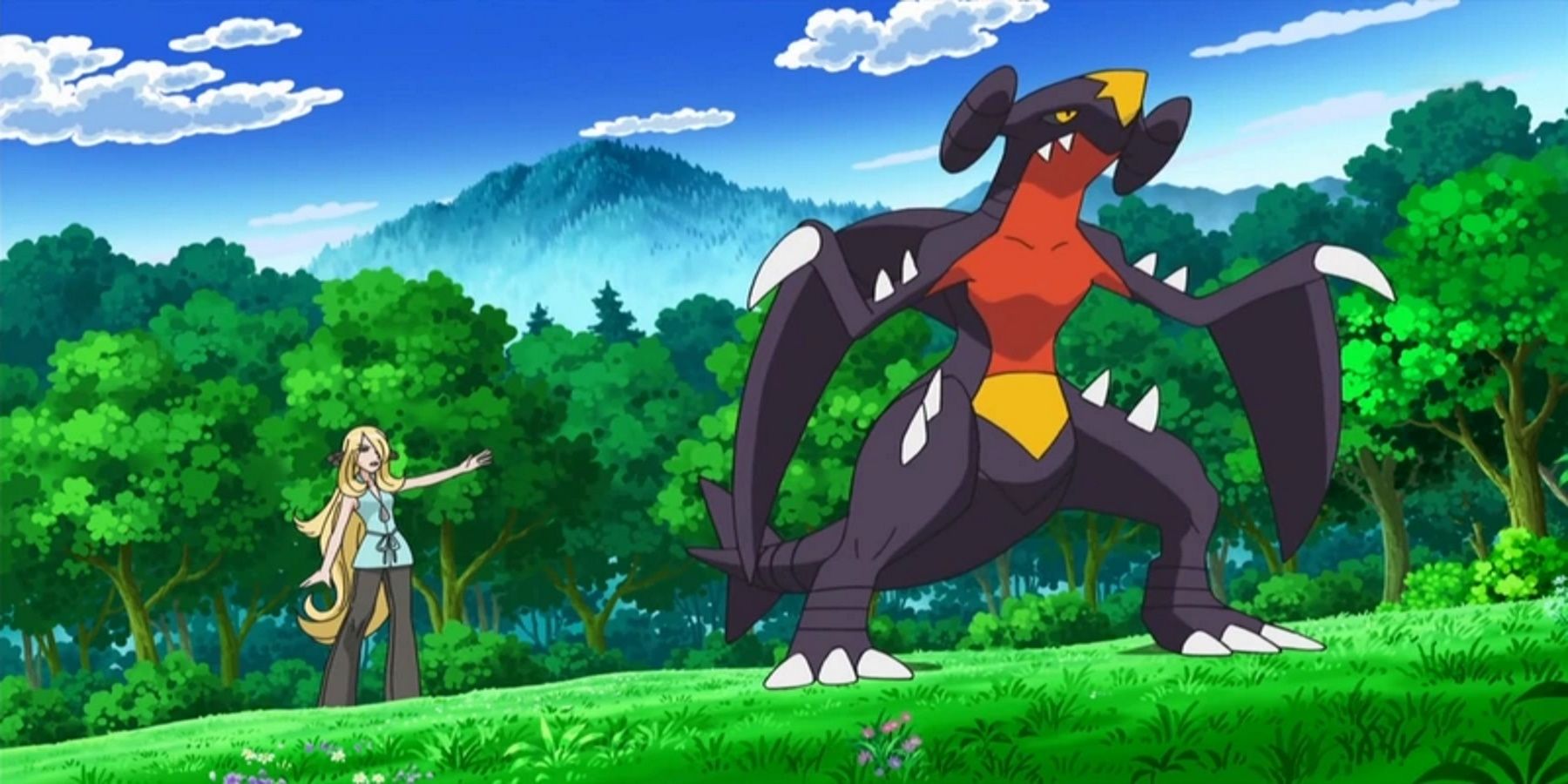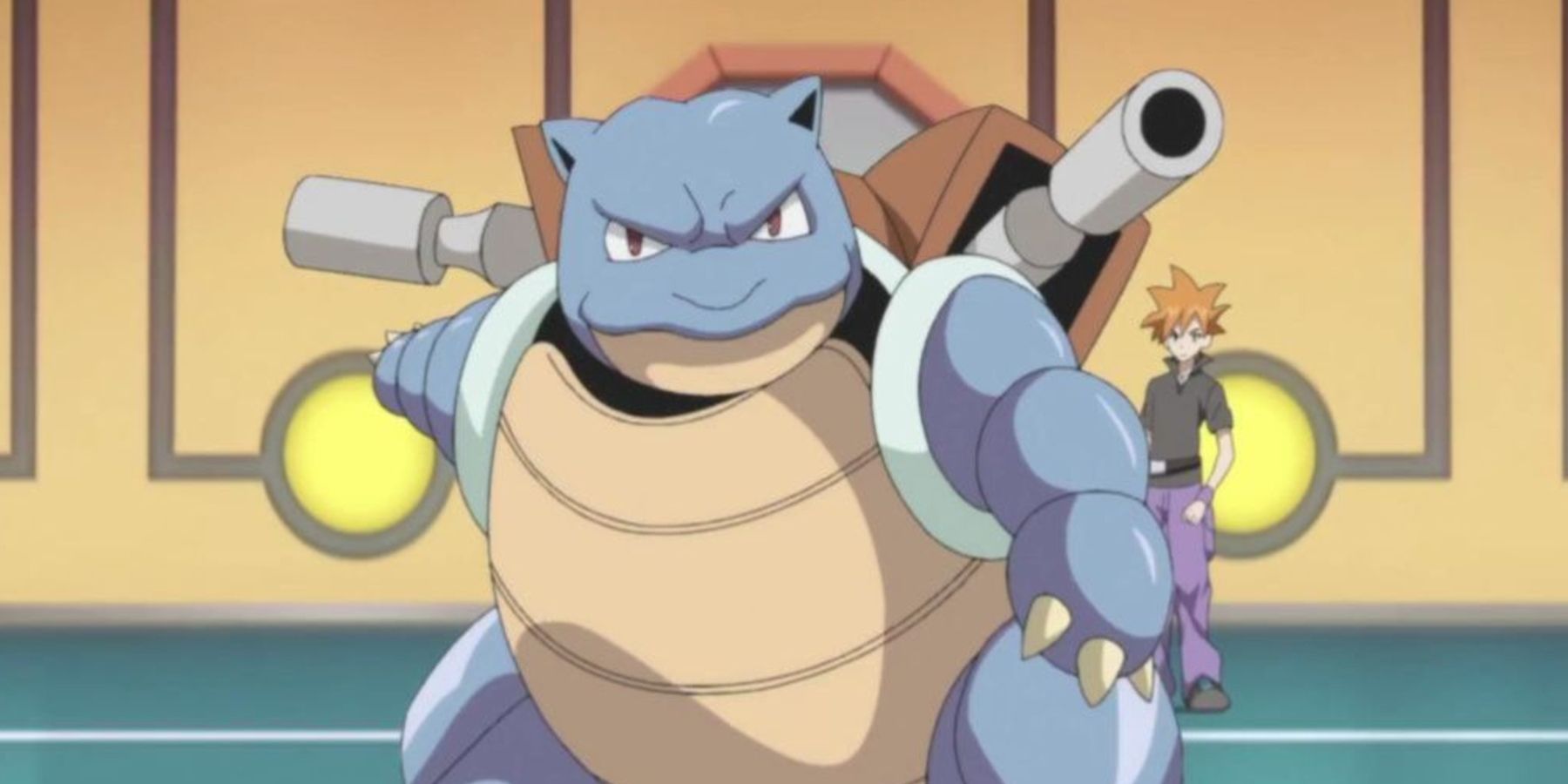Let’s talk about the best-designed Pokemon, shall we? This isn’t just about which ones look cool or unique—this is about the sheer genius that went into crafting creatures that have captured the hearts of millions across the globe. Whether you’re a casual fan or a hardcore collector, the design of Pokemon plays a massive role in why we love them so much. So, buckle up, because we’re diving deep into the world of creativity and imagination.
From Bulbasaur to Zacian, every single Pokemon has its own charm. But not all of them were created equal. Some stand out because of their simplicity, while others shine due to their complexity. The best-designed Pokemon aren’t just visually appealing; they tell stories through their shapes, colors, and even their movesets. It’s like they’re little works of art with personalities.
So, why are we here? Because understanding what makes a Pokemon "best-designed" gives us a glimpse into the minds of the artists and creators at Game Freak. It’s not just about picking your favorite—it’s about appreciating the thought process behind these iconic designs. And hey, who doesn’t love talking about Pokemon, right?
What Makes a Pokemon "Best Designed"?
When we talk about the best-designed Pokemon, we’re looking at more than just aesthetics. Sure, some Pokemon are visually stunning, but that’s only part of the equation. A great design is one that resonates with players on multiple levels. Think about it: a Pokemon’s design should reflect its type, habitat, and even its personality. That’s why Charizard feels like it breathes fire, and Jigglypuff feels like it could bounce off the walls.
Here are a few factors that contribute to a Pokemon being considered "best-designed":
- Type Consistency: Does the Pokemon’s appearance match its type? A water-type shouldn’t look like it belongs in the desert, and a ghost-type should give off that spooky vibe.
- Cultural Inspiration: Many Pokemon designs draw from real-world mythology, folklore, and cultural references. This adds depth and context to their character.
- Uniqueness: A good design stands out from the crowd. It doesn’t need to be over-the-top, but it should have something that makes it memorable.
Top 10 Best Designed Pokemon
Now that we’ve established what makes a Pokemon "best-designed," let’s take a look at some of the top contenders. These aren’t just fan favorites—they’re masterpieces of design that have stood the test of time.
#1 - Mewtwo
Mewtwo is an absolute legend in the world of Pokemon. Its sleek, almost alien-like design screams power and intelligence. With its sharp claws, glowing eyes, and psychic abilities, Mewtwo embodies everything a Legendary Pokemon should be. Plus, its backstory adds an emotional layer to its design. You can’t help but feel for this misunderstood clone.
#2 - Lucario
Lucario is another fan favorite, and for good reason. Its wolf-like appearance combined with its martial arts prowess makes it both fierce and elegant. The metallic blue and white color scheme gives it a futuristic feel, while its moveset perfectly complements its design. Whether you’re battling or bonding with your partner, Lucario delivers.
#3 - Garchomp
Garchomp is the dragon-type everyone wants on their team. Its scaly, reptilian design is both intimidating and majestic. The way it combines brute strength with speed and agility is nothing short of brilliant. And let’s not forget those sharp teeth and claws—it’s like nature’s ultimate predator.
#4 - Sylveon
On the opposite end of the spectrum, we have Sylveon. This fairy-type is all about grace and beauty. Its flowing mane and delicate features make it one of the most visually appealing Pokemon in the franchise. While it may not pack the same punch as some of the others on this list, its charm is undeniable.
#5 - Darkrai
Darkrai is the embodiment of mystery and darkness. Its shadowy appearance and ability to manipulate sleep make it one of the most intriguing Pokemon around. The way it floats through the air adds to its otherworldly aura. If you’re into spooky vibes, Darkrai is your guy.
Design Trends Across Generations
As the Pokemon franchise has evolved, so too have the designs of its creatures. Early generations focused heavily on simplicity and accessibility, while newer generations have embraced complexity and experimentation. Let’s take a look at how design trends have changed over the years.
Gen 1: The Foundation
The first generation of Pokemon laid the groundwork for everything that followed. Many of these designs were inspired by real-world animals and objects, making them relatable and easy to understand. Pikachu, Bulbasaur, and Charmander are perfect examples of this approach.
Gen 2: Adding Depth
With the introduction of Johto, we saw a shift towards more detailed and nuanced designs. Pokemon like Suicune and Entei brought a sense of majesty and wonder to the franchise. This generation also introduced dual-type Pokemon, which added another layer of complexity to the designs.
Gen 3: Pushing Boundaries
Hoenn brought us some of the most iconic Pokemon designs to date. From the sleek lines of Metagross to the whimsical charm of Mudkip, this generation pushed the boundaries of what a Pokemon could look like. It also introduced Mega Evolutions, which gave existing designs a fresh new twist.
Designing a New Pokemon
Have you ever wondered how a new Pokemon is designed? It’s not as simple as sketching something cool on paper. The process involves a lot of brainstorming, research, and collaboration. Here’s a breakdown of how it works:
- Conceptualization: The team starts by brainstorming ideas for the new Pokemon. What type will it be? What kind of habitat does it live in? What story does it tell?
- Sketching: Once the concept is solidified, artists begin creating rough sketches of the Pokemon. These sketches go through multiple iterations until the final design is chosen.
- Refinement: The final design is refined to ensure it fits within the overall aesthetic of the franchise. Colors, textures, and details are added to bring the Pokemon to life.
The Role of Color in Pokemon Design
Color plays a crucial role in Pokemon design. It’s one of the first things we notice about a Pokemon, and it can convey a lot of information at a glance. For example, red often signifies fire or aggression, while blue is associated with water or calmness. Here are a few examples of how color is used in Pokemon design:
- Charizard: Its fiery orange and yellow color scheme perfectly matches its fire-breathing nature.
- Bulbasaur: The green and brown colors evoke images of plants and nature, fitting for a grass-type.
- Pikachu: Its bright yellow fur and red cheeks make it instantly recognizable and adorable.
Why Are Some Pokemon Designs Criticized?
Not every Pokemon design is met with universal acclaim. Some are criticized for being too complex, too simple, or just plain weird. But why does this happen? Often, it comes down to personal taste and expectations. Some fans prefer traditional designs, while others embrace the weird and wacky. It’s all part of the beauty of Pokemon: there’s something for everyone.
Conclusion: Celebrating the Art of Pokemon
In conclusion, the best-designed Pokemon are the ones that capture our imaginations and stay with us long after we’ve finished playing. They’re not just pixels on a screen—they’re characters with stories, personalities, and histories. Whether you prefer the simplicity of Pikachu or the complexity of Mewtwo, there’s no denying the artistry that goes into every single design.
So, what’s next? Leave a comment below and let us know which Pokemon you think is the best-designed. Share this article with your friends and start a conversation. And most importantly, keep exploring the wonderful world of Pokemon. Who knows what amazing designs the future holds?
Table of Contents


